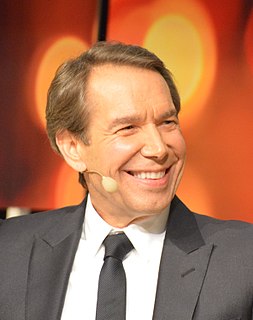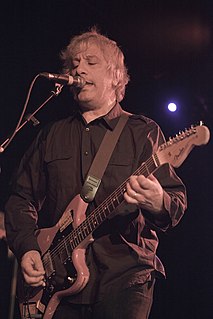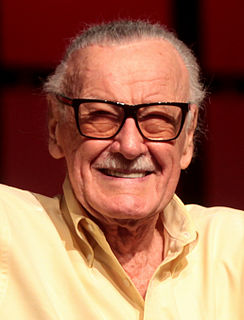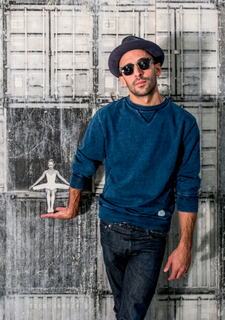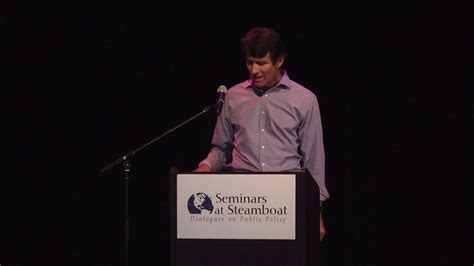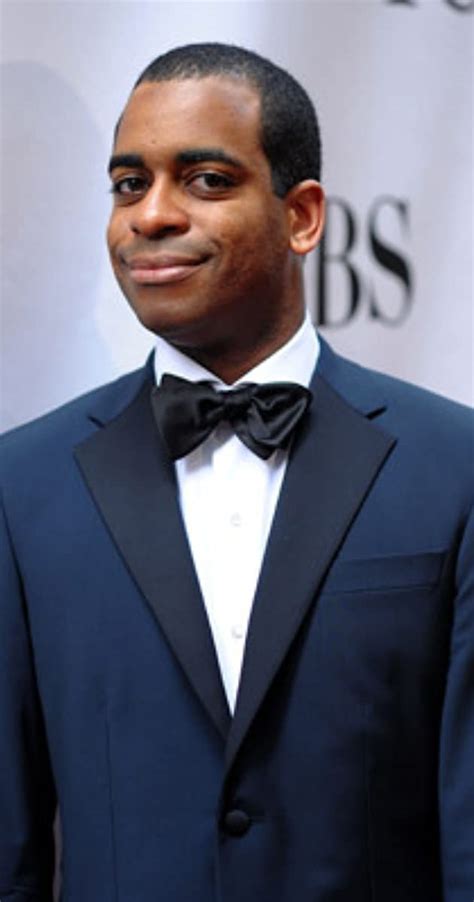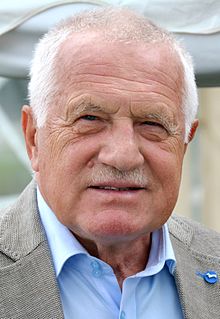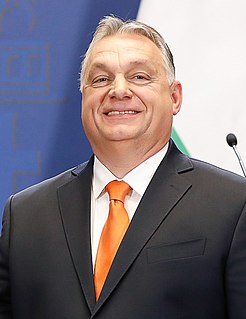A Quote by Jeff Koons
Related Quotes
Whenever I work on an album and the time comes to do all the artwork, the only thing I think of is the LP artwork. When we worked on the 'Electric Trim' artwork, we spent weeks and weeks making the LP artwork great, and then the CD artwork came together in a day or two. The LP is what's important to me.
Germany has a lot of solar power. In fact, in 2005, some 55 or 57 percent of worldwide installations were photovoltaics in Germany. That's 57 percent of all worldwide solar photovoltaics. Because of the high feed-in tariff, they have a way of allowing you to produce electricity and ship it into the grid at very high prices.
Look at Germany where 20 percent of the labor force is in manufacturing compared to about 8 percent in the United States. Germany pays a lot more conscious attention at the level of the federal government to attracting and keeping manufacturers in Germany. So this is something that other countries do that the United States has not historically done.
Human relations tend to be more difficult when you're dealing with someone who weighs 30 kilograms more than you do. That's when you worry about whether a well-meaning gesture could produce complications. We have no problems with countries like Madagascar or Bolivia, for example. But Germany is our neighbor and we have a shared past. Besides, Germany is powerful and ambitious and more than four times as large as we are. It makes complete sense that we would act cautiously. It's simply Realpolitik.
